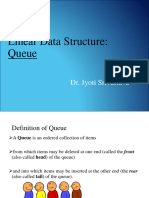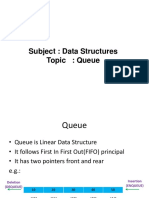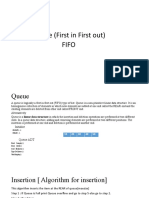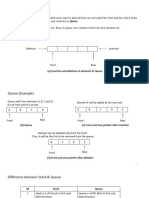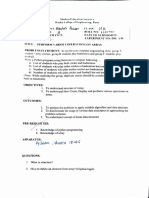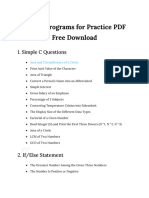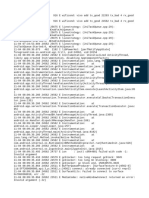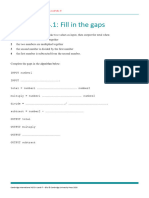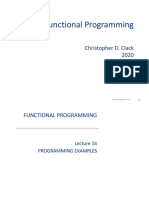0% found this document useful (0 votes)
27 views79 pagesQueue
A queue is a linear data structure that follows the FIFO (First In, First Out) principle, where insertion occurs at one end (rear) and deletion at the other (front). The document discusses various types of queues, including static and dynamic implementations, circular queues, and priority queues, along with their operations such as insertion, deletion, and traversal. It also highlights the limitations of simple queues and provides examples and algorithms for managing these data structures.
Uploaded by
Siddhesh PokharkarCopyright
© © All Rights Reserved
We take content rights seriously. If you suspect this is your content, claim it here.
Available Formats
Download as PDF, TXT or read online on Scribd
0% found this document useful (0 votes)
27 views79 pagesQueue
A queue is a linear data structure that follows the FIFO (First In, First Out) principle, where insertion occurs at one end (rear) and deletion at the other (front). The document discusses various types of queues, including static and dynamic implementations, circular queues, and priority queues, along with their operations such as insertion, deletion, and traversal. It also highlights the limitations of simple queues and provides examples and algorithms for managing these data structures.
Uploaded by
Siddhesh PokharkarCopyright
© © All Rights Reserved
We take content rights seriously. If you suspect this is your content, claim it here.
Available Formats
Download as PDF, TXT or read online on Scribd
/ 79

